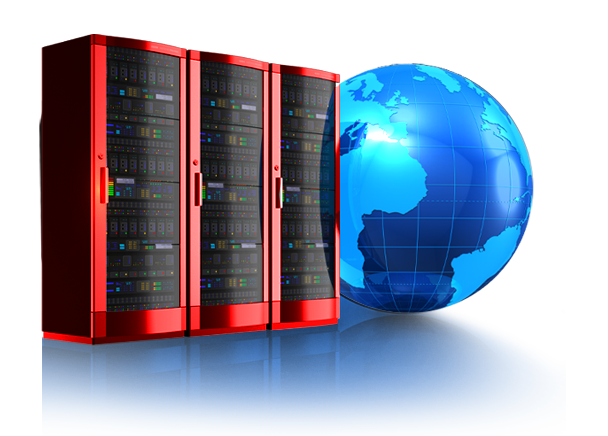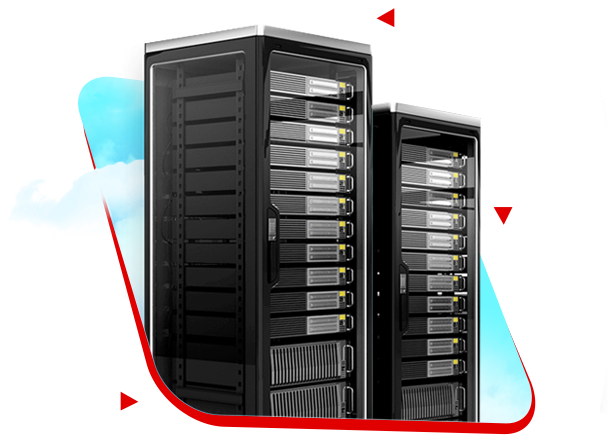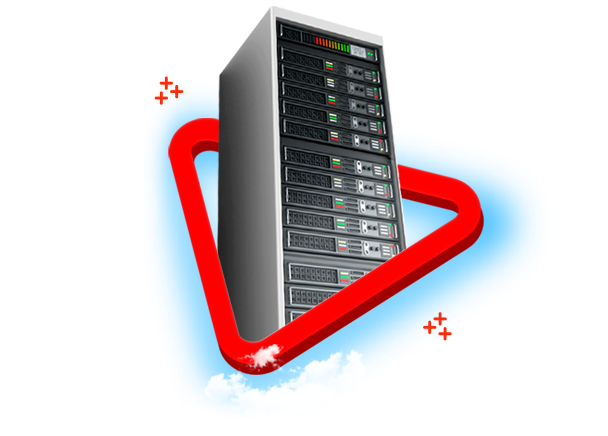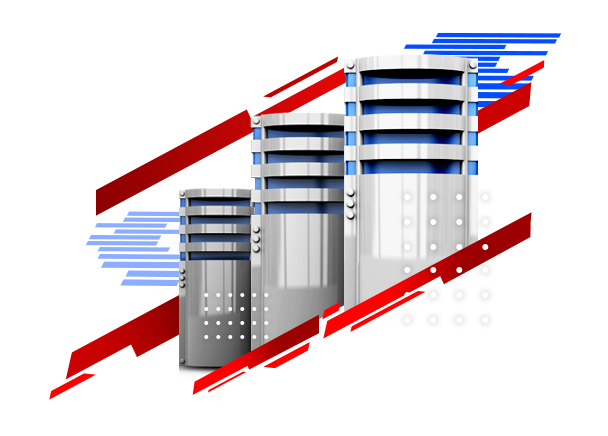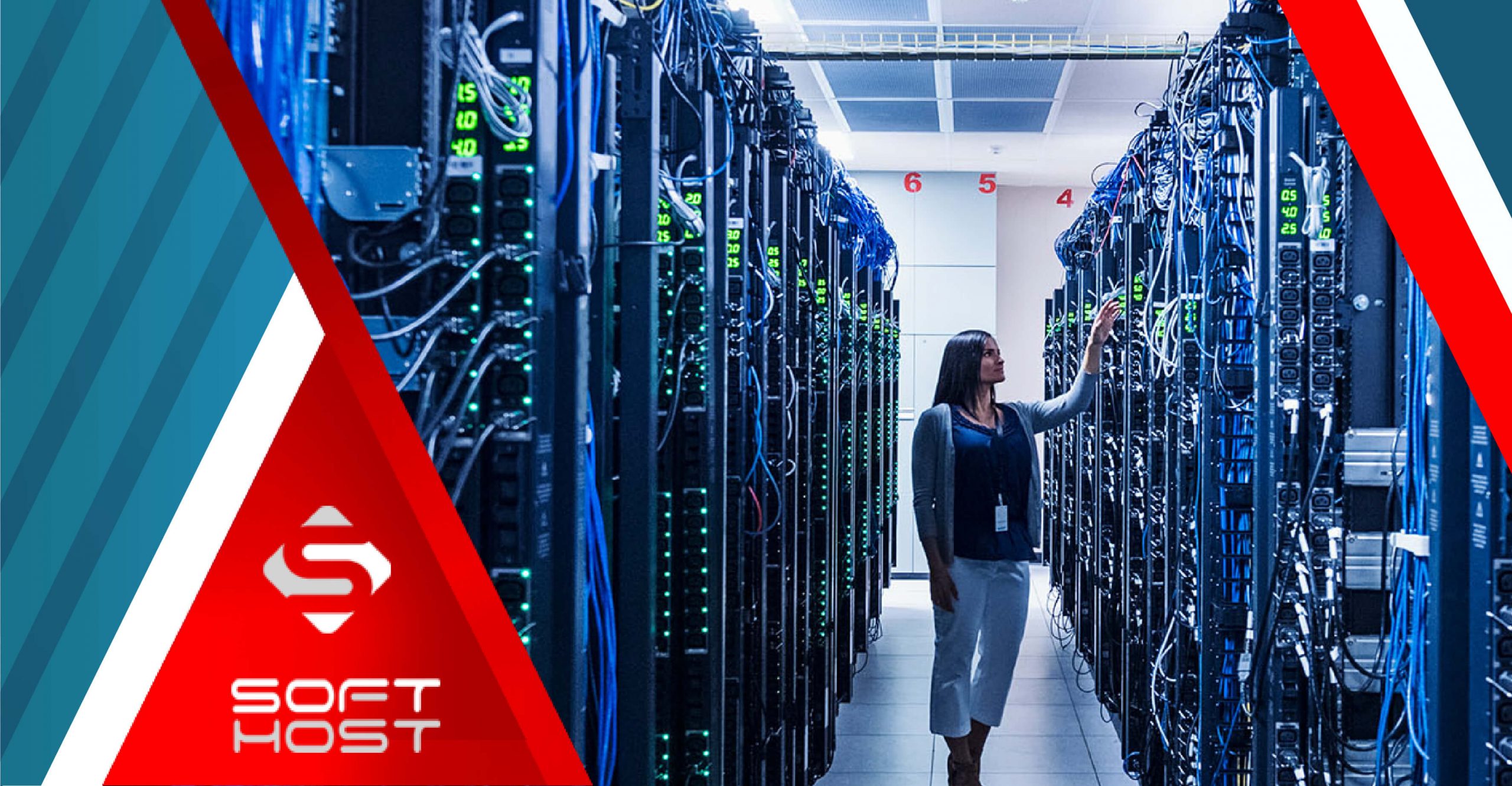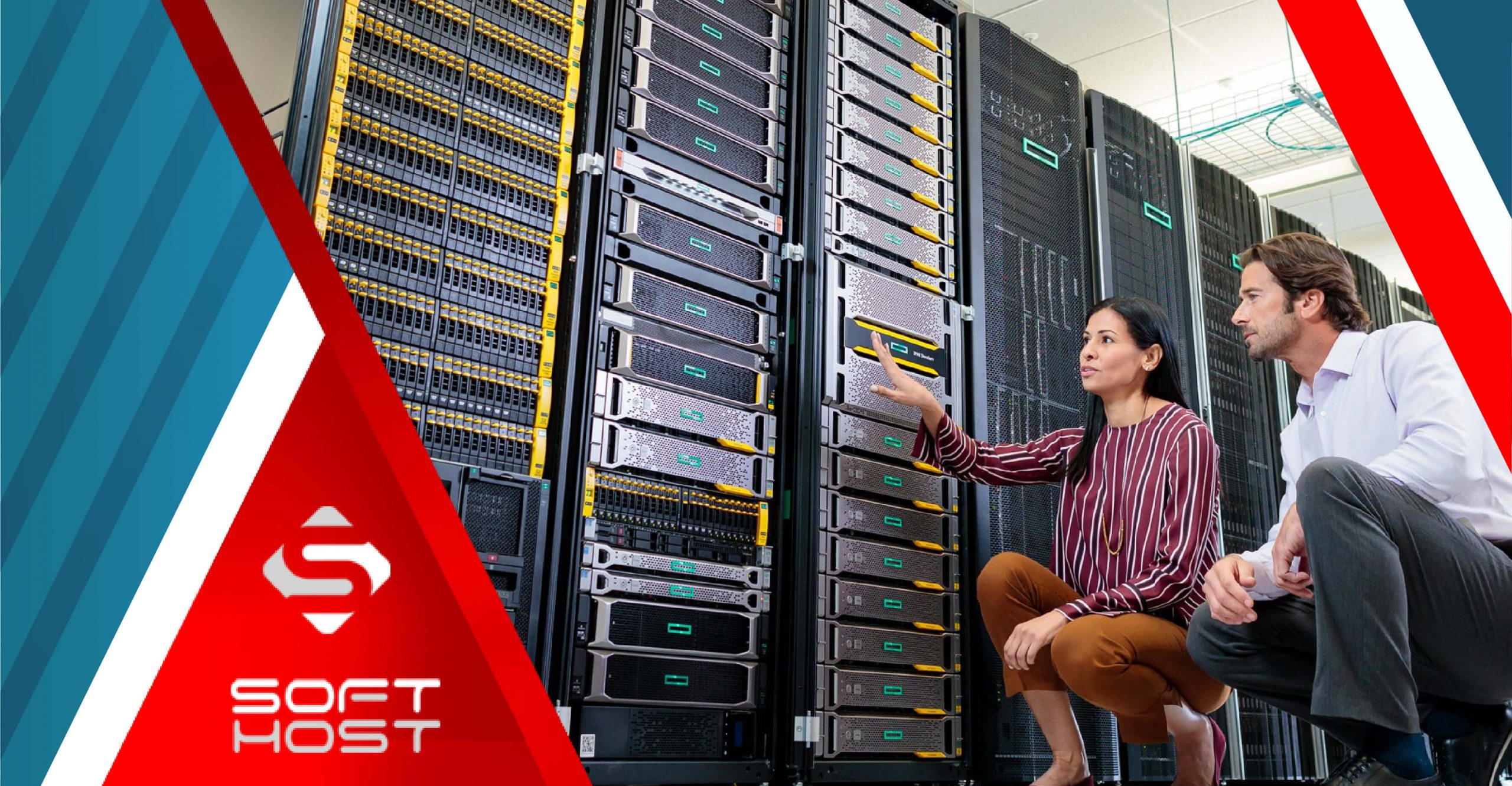
Microservices are cheap and small servers. This type of server consists of small parts to be known as a cluster. The most obvious feature of microserver can be described as low energy consumption, cheap hardware and no need for a lot of space. However, experts are very hopeful about the future of this technology and believe that microservers are a “significant innovation”. In this article, you will fully understand what microserver is and for whom it is suitable.
What is a micro server?
Table of Contents
A “micro-server” is a small server with a system-on-a-chip (SoC) form factor. These systems are cheaper and have less processing power than enterprise class rack servers. Microservers can be grouped into clusters and are suitable for tasks that do not require multiple server CPUs. HP, Dell and Hitachi are among the biggest microserver manufacturers.
Since microservers are often used in the field of networking, they are also called appliance servers.
Characteristics of microservers
What makes data centers not spend their space, money and energy on high-end servers and choose a low-cost microserver is the features of this server model. But what are the characteristics of microservers? 10 features that make a micro server useful for data centers and organizations include:
- Use of smaller cores
- Efficient for small businesses
- Less power consumption
- Saving space
- Microserver suitable for every business
-
Using smaller cores
Not every computing task is supposed to be done by a multi-core processor. In fact, some computing operations that require less processing power can be handled with a large number of small cores. For example, serving static HTML elements to process information on a web page to millions of people.
-
Efficient for small businesses
By purchasing a micro server, you avoid the waste of workload and the cost of purchasing and setting up an additional device. In fact, by removing unnecessary features for light workloads (for example, a more powerful processor), you can choose a server that suits your type of activity. This saves on buying unimportant parts (according to the type of activity).
-
Less electricity consumption
The power consumption of microservers is much lower than the TDP of internal processors of advanced servers. In fact, the TDP of microserver chips is less than 45 watts and sometimes even reaches the sub-level of 10 watts. As a result, side costs are reduced by lowering energy and electricity consumption.
-
Saving space
Microservers are designed based on the form factor of small baseboards of the system-on-chip (SoC) model. This feature makes the CPU, memory and I/O system to be placed on a single circuit. As a result, the small size of the boards and the form factor of the micro server saves space in data centers.
It is interesting to know that HP claims in this context that 1600 Project Moonshot Calxeda EnergyCore micro servers built on ARM-based SoCs occupy only half of the space of 10 1U model server racks. According to this claim, in addition to reducing the complexity of cabling, switching and workspace, HP reduces energy consumption by 89% and peripheral costs by 63%.
-
Microserver suitable for every business
Micro servers are specialized machines that are customized to run light tasks. As the market for these small servers evolves, it is possible for them to become more specialized for specific workloads, such as running SaaS applications.
There are many custom microservers available on the market today, such as the AMD SeaMicro SM15000 Fabric Computing System, which supports up to 512 CPU cores and 5PB of storage in a single system. In addition, HP is also designing microservers with the goal of greater flexibility for specific computing workloads. In fact, it can be said that one of the characteristics of a microserver is being specific to the type of business.
How do microservers work?
In general, a micro server has one to two processors and a maximum of four RAM memory slots. This system can support four disk drives and external connections such as Ethernet, USB, etc.
A micro server is a combination of form factor, cost and performance that is intended for small and specific tasks. The use of microservers has expanded with the growth of the web and online services.
Microservers perform differently than a mid-range server powered by Intel Xeon or AMD Opteron. HPE Micro Servers can pack more than 400 HP ProLiant m300 server cartridges into a 42U rack, and each cartridge can support multiple server nodes. The ability to stack a large number of servers in a rack provides the opportunity to share infrastructure. By doing this, in addition to increasing efficiency, it also makes them easier to manage. For example, Moonshot cartridges share power, cooling, and networking built into the chassis. (A Moonshot 1500 chassis has 180 1 Gbps lines).
Typically, microservers use processors that are not associated with servers. Intel and ARM-based SoCs are mostly found inside microservers. Also part of the C2000 family of SoCs is the 64-bit Intel Atom ‘Avoton’ C2750, a 2.4GHz processor inside the HP ProLiant m300 microserver cartridge with a TDP of 20W.
The range of workloads handled by microservers is expanding. Its first generation focused on CPU-light tasks such as rendering static elements on web pages. But the second generation, which uses a wider range of more powerful SoCs, handles things like serving dynamic web elements, serving the host desktop, and digital signal processing for telecommunications.
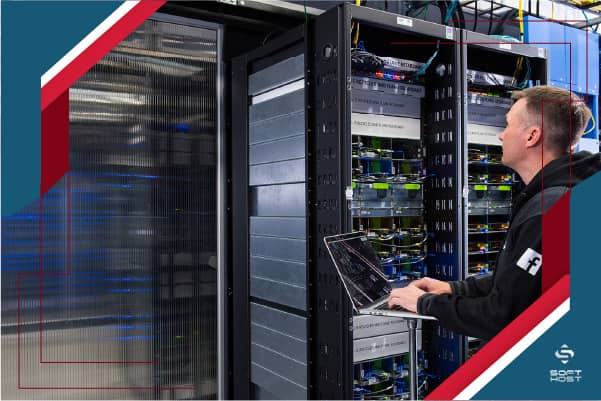
Microserver applications
Microservers are most commonly used in small to medium sized businesses with minimal IT staff. However, this system is also used in data centers for small or temporary businesses. In fact, this type of server is designed for the use of small to medium business and computing applications. For example, a mail server, a VPN, or a small firewall.
Thanks to the HOT-SWAP drive racks feature in micro servers, you can place multiple drives in different RAID array configurations. Therefore, one of the common uses is related to storage. Small businesses can use one or more microservers for backup, file storage, and a multimedia source for video delivery, or even a combination of all three.
Difference between server and micro server
Microserver is one of the standard factors of the server, but its processing power, storage capacity, and some additional features are less than standard servers. Also, the micro has lower computing power and operational requirements than the server. Therefore, it is easier and cheaper to maintain a microserver than a server.
Another difference between server and micro server is in the field of computing |lang=en. Micro is a simple server that typically requires no (sometimes very little) configuration. While the server needs specific and even complex configurations to serve different users based on different functions.
HP microservers
HP company is one of the most popular and popular server manufacturers, which has been able to attract the opinion of users in the field of micro. HP microservers in each generation have many features that will be an ideal choice for small and home offices.
HPE MicroServer helps businesses have better and easier access to data and greater efficiency in operations, while also reducing their consumption and peripheral costs.
Reasons for not using microservers
Although the popularity of micro servers is increasing, there are reasons why some businesses do not use them.
- Administrators’ lack of familiarity with its hardware; Microservers have come to market in a new hardware form factor, although they may look similar to a blade server at first glance, it is very important that everyone in the data center and its operators learn its design and operational considerations.
- storage layers; Microservers include a 2.5-inch (typically SATA) drive. This feature may not be sufficient for different use cases in a business. Therefore, it is very important to think about how to configure microserver storage. This option is important for many diskless microservers.
The Dell Zinc diskless microserver with one 2.5-inch drive can support 24 servers in a sled or 96 servers in a 4U rack. If this microserver is diskless, it can only have 72 servers per sled, or about 288 servers per 4U. But you should also consider how to provide storage space for diskless nodes such as iSCSI, NAS, etc.?
Atom brand; One of the two classes of Intel microserver processors use the company’s Atom brand. While the latest Atom processors are excellent in terms of power consumption and processing capabilities for decent workloads, the brand still raises skepticism among users, especially those who have fond memories of its early netbook days. Although this cause is unfair, this brand alone makes microservers not to be used.
What are the limitations of microservers?
Microservers do not have the computing power to effectively perform complex and demanding processes such as enterprise information technology, scientific or advanced technical computing.
Also, rewriting software to run in microservers is unnecessary and open-ended. Therefore, to perform an operation, it must be divided between several microservers or run in parallel. Also, one of the other limitations in network infrastructure is the proper distribution of traffic between microservers and clusters.
The CPU processing power in most microservers is limited compared to high-end server processors, such as the Intel Xeon E5s and E7s, so if tasks are not divided, microservers will not perform well for computing workloads.
Can microservers replace servers?
Major server manufacturing companies such as HP and DELL are designing a new range of microservers. HP will soon release Project Moonshot microservers based on Intel Centerton Atom. Also, Dell plans to introduce its new Dell PowerEdge C5220 microserver with power under 65 watts based on Intel Xeon E3 micro. Meanwhile, IBM is designing the world’s highest-density 64-bit microserver for the IBM/Astron Dome partnership with a target of 100 nodes, 500 cores, and 2 TB of memory.
Microservers are expected to work alongside each other rather than replacing servers. This is despite the fact that microservers have accounted for a fifth of sales in the last 5 years.
The fact is that as the use of cloud services has increased over the years, it is likely that there will be a demand for microservers to handle light tasks, especially in cloud services.
What are micro servers used for?
According to HP, web hosting companies are prime candidates for using microservers. The company says that most of its microservers are sold through Project Moonshot and from companies that are looking to simplify the infrastructure of their large data centers.
In fact, companies that deliver content over the Internet on a large scale, such as Facebook and Google, are the best candidates for using microservers. Because they do not need heavy and complex tasks and calculations.
CATEGORY:Blog




